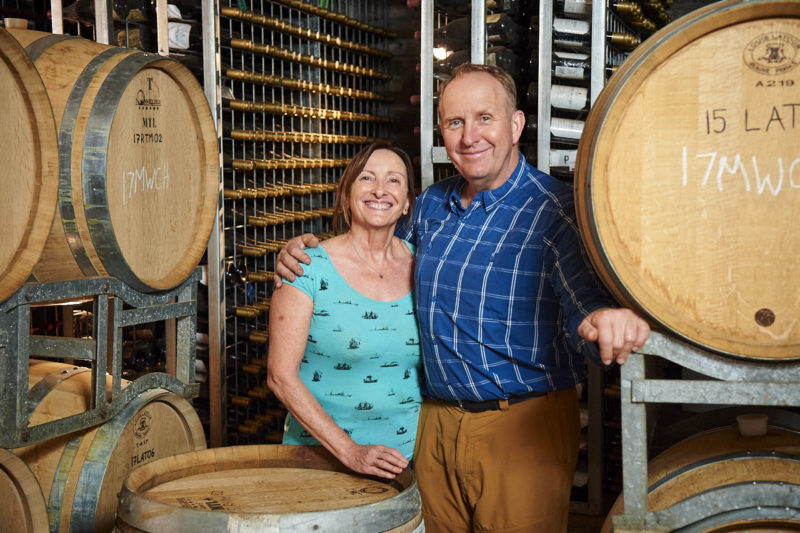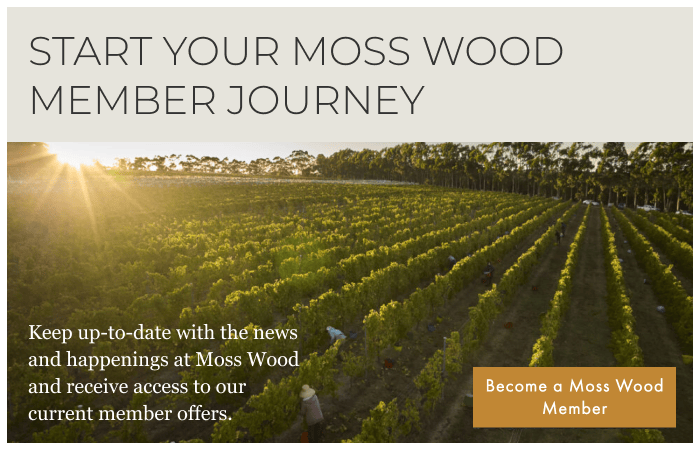
A bevy of beautiful cabernets – Moss Wood 2015 Cabernet Sauvignon – Huon Hooke, The Real Review
The latest Moss Wood Cabernet Sauvignon, 2015, is one of the best I’ve ever seen from this exalted winery. Is it the best? Not easy to say, as we have to rely on memory for that, but I do think it’s one of the best in recent years and Moss Wood seems to have moved ever so slightly away from the extremely ripe style that it had been espousing even as the other top Margaret River producers were throttling back on alcohol. I scored in 98, which is very high for me.
At the same time as there are more and more up-market, high-priced cabernets there are also plenty of good-value bottles at affordable prices.
It’s just one of a bevy of beauties in my latest tasting of cabernet sauvignon and cabernet-based blends. The fashionistas may not be drinking much cab, but those who love serious red wine are.
To begin with, the cake was topped by a thick layer of icing in the form of the latest vintages of Vasse Felix Tom Cullity, Cullen Diana Madeline, Yeringberg, Thompson Estate The Specialist, Cape Mentelle, Elderton Ashmead, Te Mata Estate Coleraine and more, as well as Moss Wood. Cabernet is better than it’s been for a long time right now.
(…)
Back to that brilliant 2015 Moss Wood Wilyabrup Cabernet Sauvignon. I asked winemaker/proprietor Keith Mugford if he was shooting for a bit more elegance in the wine these days, and received this illuminating reply.
“Yes, we are making all our wines with a view to keeping the alcohol levels to a maximum that is appropriate for the style and which means they’re generally lower than a decade or so ago. In the case of Moss Wood Cabernet Sauvignon, consumer preference means the wine must be free of green fruit notes, which requires it to be picked at around 13.0 degrees Baumé, depending on the prevailing conditions of the vintage. That being the case, it will have an alcohol in the high 13s, specifically 13.7% if it’s picked at exactly 13.0 (Baumé).
“In the past, we were always inclined to err on the side of ripeness, meaning we’d allow a few extra days on the vine to make certain the green fruit notes were lost. It is always better to make a wine slightly too ripe than slightly too green, or at least it is for Moss Wood. Therefore, we’d more likely pick around 13.5 Baumé, or higher, and take the alcohol up to the mid-14s.
“The philosophy hasn’t changed much but we have become much more specific about it and focused on getting the Baumé/flavour mix as spot-on as we can.”
Published May 8th, 2018

